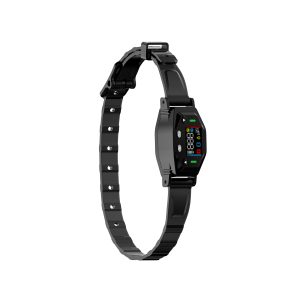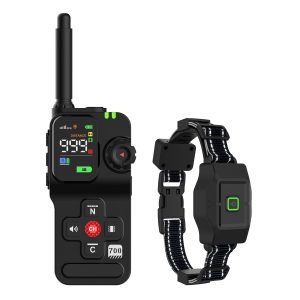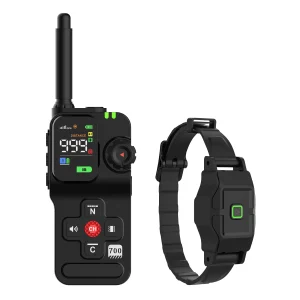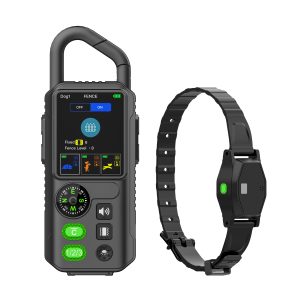Barking Solutions: The Ultimate Guide to Bark Control Collars for Dogs
Dogs bark for various reasons, such as to communicate, express emotions, or out of boredom. While barking is natural, excessive barking can be a nuisance to pet owners and their neighbors. This is where bark control collars come into play. These devices are designed to curb unwanted barking behavior in dogs effectively and humanely.
Types of Bark Control Collars
There are different types of bark control collars available in the market, including:
- Shock Collars: These collars deliver a mild static shock when the dog barks excessively.
- Ultrasonic Collars: Emit a high-pitched sound that is unpleasant to dogs when they bark.
- Vibration Collars: These collars vibrate when the dog barks excessively, distracting them from barking.
Choosing the Right Bark Control Collar
When selecting a bark control collar for your dog, consider factors such as your dog’s size, temperament, and the underlying cause of their barking. It’s essential to choose a collar that is humane and effective in addressing your dog’s barking behavior.
Training Your Dog with a Bark Control Collar
Introducing a bark control collar to your dog requires proper training. Start by familiarizing your dog with the collar without activating it. Gradually introduce the collar’s corrective measures when your dog barks inappropriately. Consistency and positive reinforcement are key to successful training.
Benefits of Using Bark Control Collars
Utilizing bark control collars can have several benefits, including:
- Reduced nuisance barking.
- Improved harmony between you and your neighbors.
- Enhanced quality of life for both you and your dog.
Conclusion
Bark control collars can be valuable tools in managing excessive barking in dogs. When used correctly and with careful consideration, they can help create a peaceful environment for both you and your furry companion.




